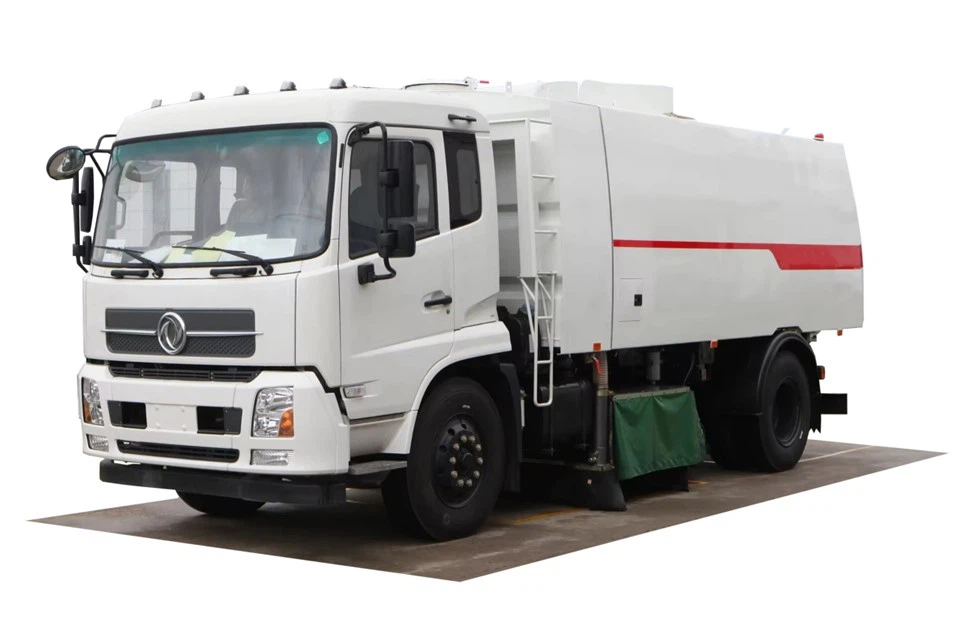ASL for Trash: A Complete Guide to American Sign Language for Waste Disposal

Introduction
American Sign Language (ASL) is a visual language used by the Deaf and hard-of-hearing community in the United States and parts of Canada. Learning ASL is an important step towards inclusivity and effective communication. One often overlooked aspect of ASL is vocabulary related to everyday life, including terms associated with waste disposal and management. In this article, we will explore ASL signs for “trash,” related vocabulary, and cultural aspects surrounding waste disposal in Deaf communities, making it easier for learners to communicate about these vital topics.
The Sign for Trash in ASL
Understanding the Sign
The sign for “trash” in ASL is straightforward and visual. To perform the sign:
- Take your dominant hand and form it into a fist.
- With your non-dominant hand, create a flat handshape, palm-up.
- Drop the fist onto the flat palm, as if you are discarding something into the trash.
This motion imitates the act of throwing something away, making it intuitive and easy to remember.
Variations of the Sign

Depending on the context, you might encounter variations of the sign for trash:
- Garbage: Similar to the sign for trash, but sometimes done with a more exaggerated throwing motion.
- Litter: This might involve a smaller, more precise sign mimicking dropping small items.
Related Vocabulary for Waste Management
Common Signs You Should Know
| ASL Sign | Meaning |
|---|---|
| Recycle | A circular motion with the dominant hand, indicating recycling symbols. |
| Bottle | Use a “B” handshape and mimic holding a bottle. |
| Can | Use a “C” handshape and pretend to open a can. |
| Compost | A more complex sign, involving a movement that suggests turning compost. |
Useful Phrases in ASL
When discussing trashed items or waste management, you might find these phrases helpful:
- Where is the trash can? – You can combine the signs for “where,” “trash,” and “can.”
- Can I recycle this? – Use the signs for “can,” “I,” and “recycle.”
- Let’s take out the trash. – Combine the signs for “let’s,” “take,” and “trash.”

Best Practices for Communicating about Trash in ASL
Using Visual Context
When signing about trash or waste disposal, use visual context to make your message clear. For example, if discussing a full trash can, point to it or incorporate gestures that suggest volume or overflow. Visual aids can enhance understanding.
Incorporating Body Language
Facial expressions and body language are critical in ASL. When expressing feelings about waste management—such as frustration with litter—your demeanor should emphasize your emotions. Raise your eyebrows or frown to convey discontent.
Utilizing Community Resources
Many Deaf communities offer resources for learning ASL, including classes, events, and educational material focused on specific topics like waste management. Engage with local Deaf organizations or online platforms.
Deaf Culture and Waste Management
Importance of Environmental Awareness
Deaf culture places a strong emphasis on community, which extends to environmental issues. Many Deaf individuals engage in environmental activism, including campaigns for recycling and anti-litter initiatives. Understanding local efforts can help you communicate more effectively within the community.
Incorporating ASL in Environmental Education
Incorporating ASL into campaigns for waste disposal and recycling helps bridge gaps between the Deaf community and environmental organizations. American Sign Language not only fosters communication but also promotes inclusivity, supporting diverse participation in important environmental discussions.
Practical Examples of ASL in Action

Everyday Scenarios
Here are a few scenarios where using ASL for trash management can help facilitate communication:
- At Home: Sign “trash” when asking family members to take out the garbage.
- In a Classroom: Discuss recycling using signs related to bottles and cans.
- Community Events: Encourage attendees to recycle by using signs and demonstrating how.
Tips for Practicing ASL Signs
To improve your ASL skills, practice in real-life situations:
- Start with simple signs and gradually add complexity.
- Use mirror practice to refine your signing motion.
- Engage with Deaf individuals and ask for guidance or clarification.
Resources for Learning ASL
Online Learning Platforms
Consider utilizing online resources for ASL education:
- **YouTube Tutorials:** Many channels offer free ASL lessons.
- **Online Courses:** Platforms such as Coursera and Udemy provide structured courses.
- **Mobile Apps:** Apps like “ASL App” or “SignSchool” are great for on-the-go learning.
Local Community Resources
Look for local classes or workshops. Many community colleges and organizations hosting Deaf events often provide ASL courses.
Frequently Asked Questions (FAQs)
1. What is the sign for ‘trash’ in ASL?
The sign for “trash” involves creating a fist and mimicking the action of throwing something away into an open palm.
2. How do you teach kids about recycling in ASL?
Use engaging visuals, signs for ‘recycle,’ ‘trash,’ and easy role-play scenarios to make learning fun.
3. What’s the difference between ‘trash,’ ‘garbage,’ and ‘litter’ in ASL?
While they are similar, ‘trash’ is a general term, ‘garbage’ often includes food waste, and ‘litter’ refers to trash left in open areas.
4. Can ASL signs vary by region?
Yes, ASL signs can have regional variations, so it’s essential to learn signs relevant to your community.
5. Where can I find resources to learn ASL?
Online platforms, local community colleges, and Deaf organizations are great places to find resources for ASL learning.
6. How can I improve my ASL signing skills?
Practice regularly with Deaf individuals, participate in community events, and utilize online learning platforms to enhance your skills.
